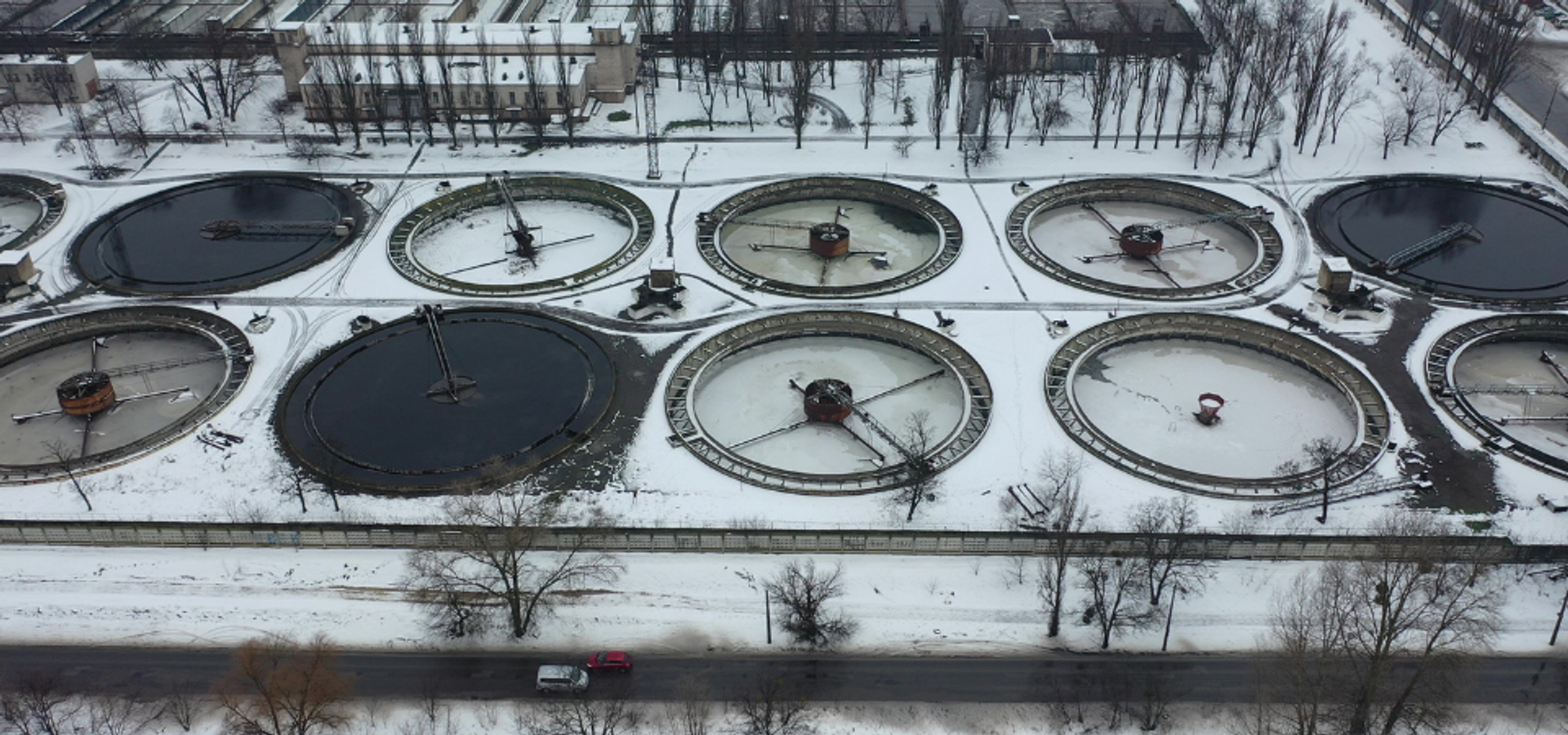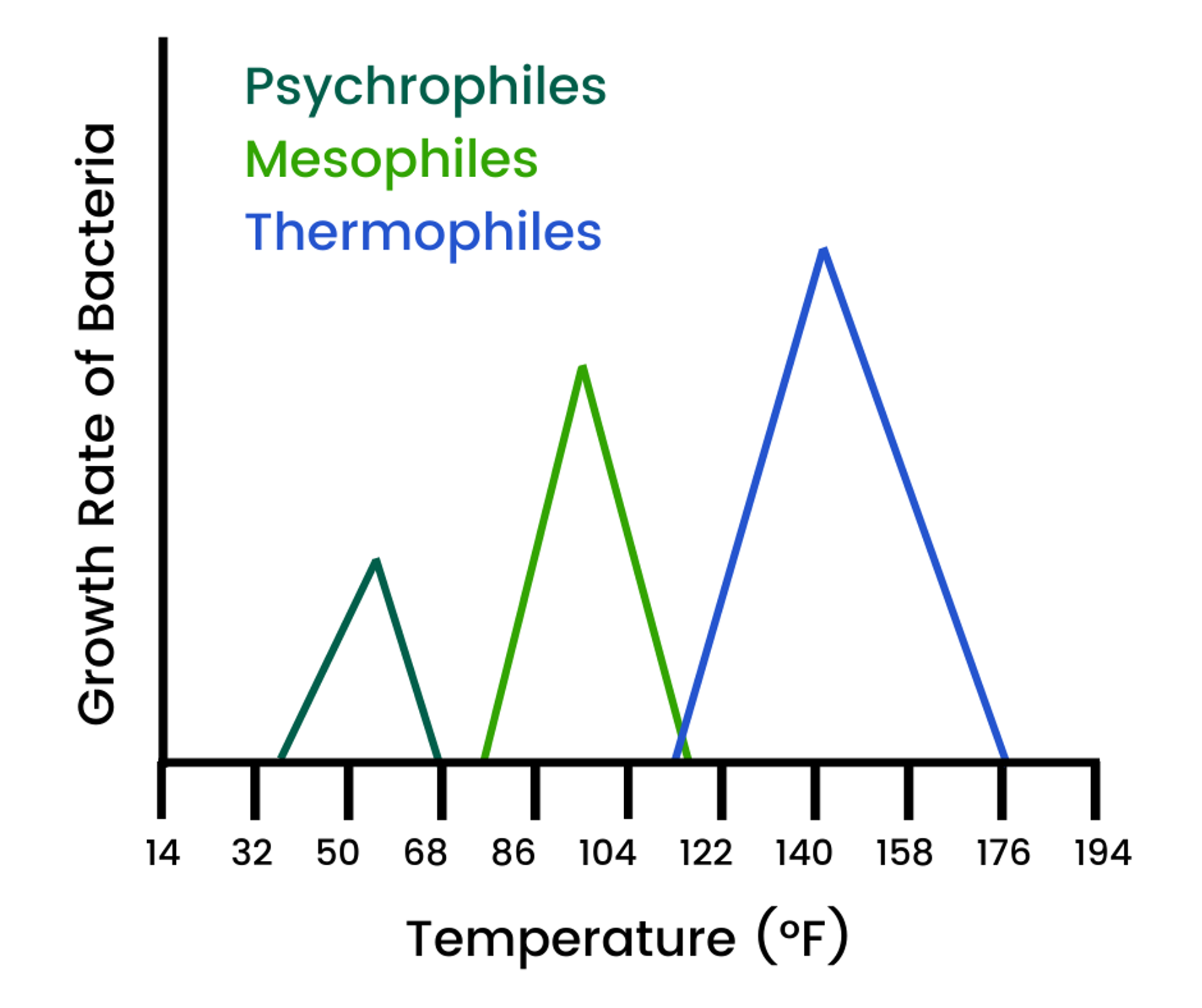
Winterizing Your Wastewater Treatment Plant
As winter quickly approaches and regions all over the northern hemisphere prepare for colder temperatures, wastewater treatment plants and facilities must do the same. Cold temperatures easily affect the functionality of a plant by creating more obstacles in order to keep it running at peak performance. Extra measures need to be taken to keep your activated sludge bed performing at optimal efficiency and avoiding upsets during the cold weather months.
When the air temperature drops below freezing, it is essential for wastewater treatment plants with activated sludge or lagoons to use a variety of tactics to keep the water flowing and processes running. Some of these tactics include covering tanks, using thermoregulatory devices, deicing, and bioaugmentation to increase biomass in the system. If the right precautions are not taken, vital microorganisms can be killed or their ability to perform inhibited.
The optimal temperature for wastewater to be at is between 65 to 95 degrees Fahrenheit (F). Microorganisms are able to continue to grow and treat wastewater by degrading contaminants and reducing organics in those temperatures. They can also grow adequately down to 59 degrees F. If water temperature reaches below 59 degrees F, microorganisms are less active and more concerned with maintaining their cell than reproducing. The breakdown process of containments and organics is slowed, leaving the wastewater facility vulnerable to exceedances and possible fines.
Bioaugmentation is one solution for maximizing efficiency and a good way to keep an already healthy system functioning and free of upsets throughout the cold weather. Adding extra microorganisms to the wastewater treatment system will help keep up with the breakdown of containments. It is important to understand what blend of bacteria a treatment contains so it is effective at a low temperature.

Thermophiles, mesophiles, and psychrophiles are bacteria classified by their preferred water temperature ranges for optimal growth.
- Thermophiles thrive in hot temperatures at around 140 degrees F and cannot grow below 113 degrees F.
- Mesophiles excel in water at around 98 degrees with a temperature range of 77 degrees F to 104 degrees F. They are most commonly found in wastewater treatment products.
- Psychrophiles are highly flexible bacteria, allowing for better interaction with substrates and requiring lower activation energy. These characteristics allow them to have high efficiency at a low temperature. This type works best in temperatures from 34 degrees F to 68 degrees F and will keep the wastewater treatment plant functioning efficiently throughout winter.
Cold Weather Organics Control contains a high number of microorganisms that can thrive and reproduce in cold-temperature wastewater applications. It has a mixture of mesophiles and psychrophiles that work together to improve plant stability during the cold temperature season. Adding Cold Weather Organics Control to the biomass before cold weather hits will allow the activated sludge to adapt and maintain efficiency.
If wastewater treatment plants are not properly treated for cold weather, they can experience a variety of problems and weaken. With Cold Weather Organics Control, ensure your wastewater treatment plant continues to function efficiently.
Loading...